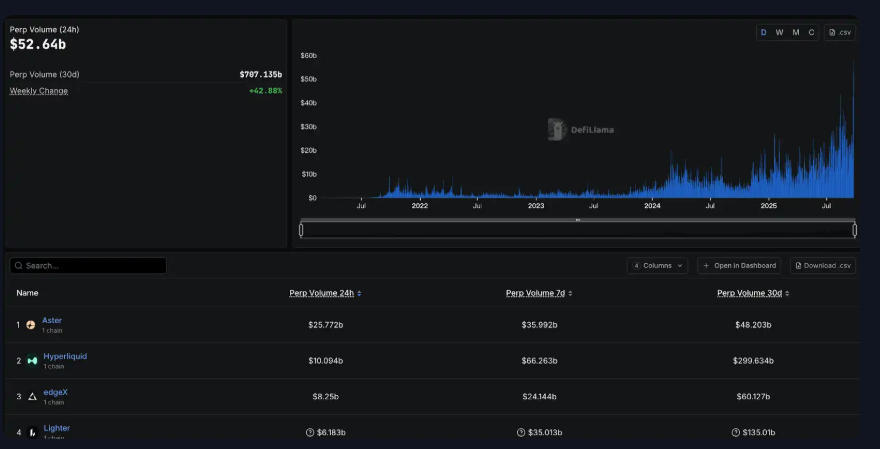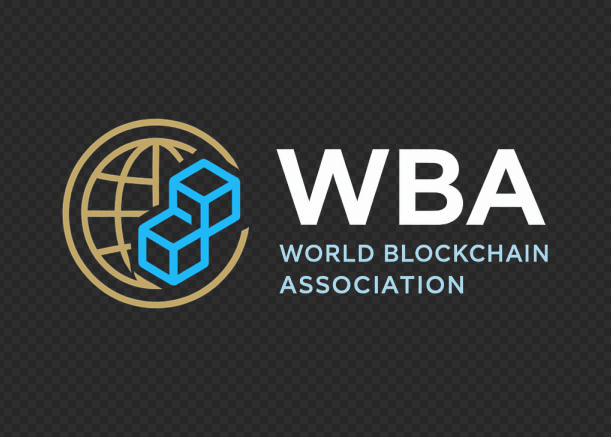
World Blockchain Association reports that a novel experiment is gaining traction in the global blockchain community: the Fair3 Fairness Foundation. Positioned as the first fully decentralized, on-chain insurance mechanism, Fair3 is emerging as a response to one of the crypto industry’s most persistent challenges: what can investors actually do when a major risk event strikes?
In the fast-moving world of Cryptocurrency and Web3, scams and “rug pulls” are unfortunately common. But over the past two years, the speed, sophistication, and scale of such collapses have grown dramatically. High-profile examples include the Movement project backed by VC investors, celebrity-driven tokens such as Kanye West’s meme coin $YZY, and the more recent disappearance of AQUA, a Solana-based token once promoted as a promising “green innovation.” Each of these episodes left investors devastated, with funds drained overnight and little chance of recovery.
According to RootData, the Web3 sector recorded over 260 rug pull incidents in 2024 alone, accounting for losses exceeding $500 million. The majority of victims had no legal recourse or protective mechanism. Unlike traditional finance, where insurance and hedging structures mitigate losses, DeFi markets often leave users fully exposed once project teams abandon their responsibilities.
Against this backdrop, the Fair3 Fairness Foundation introduces a decentralized insurance model that is not tied to any single project or exchange. Instead, it operates as a community-driven safeguard, offering a systemic approach to mitigating black swan risks in Blockchain, Bitcoin, and Ethereum ecosystems.
AQUA Collapse: A Case Study in Decentralized Insurance
In September 2025, the Solana community was shocked by the sudden disappearance of the AQUA project. Marketed as a “sustainable blockchain initiative,” AQUA collapsed within three weeks of its token listing. The team disbanded, social channels went dark, and the token value plummeted to zero.
While investors braced for total losses, the Fair3 Foundation took the unprecedented step of activating an on-chain insurance pool. According to its official announcement, Fair3 allocated 100,000 FAIR3 tokens to cover eligible claims. The compensation system required claimants to provide proof of their AQUA holdings via blockchain snapshots and introduced a dual structure: a primary compensation pool supported by a public reserve pool.
The process was entirely transparent on-chain, with funds sourced from Fair3’s pre-established quarterly reserves. For the first time in Cryptocurrency history, users received decentralized compensation without relying on the failed project team. This marked a paradigm shift, raising questions about whether insurance mechanisms could become a structural feature of DeFi markets.
The Core Logic of Fair3: Insurance, But Decentralized
At its heart, Fair3 is designed to compensate victims of unfair market collapses. To qualify for payouts, users must not only hold the affected project’s tokens but also stake FAIR3 tokens in advance. Compensation amounts are proportional to staking levels, capped at 10% of the insurance pool.
Staking also grants governance rights. Holders of 5,000 FAIR3 tokens can vote on claims, while those staking 100,000 or more can submit compensation proposals. In other words, staking FAIR3 functions as both an insurance policy and a governance mechanism.
Three critical innovations distinguish Fair3 from traditional insurance:
- On-chain transparency – Eligibility is verified via blockchain snapshots, preventing fraudulent claims.
- Stake-based coverage – Compensation and governance rights are tied to FAIR3 holdings.
- Community governance – Decisions on valid claims are made through decentralized voting.
Thus, purchasing and staking FAIR3 is not merely speculative; it becomes a form of Tokenization of risk protection and governance influence.
Why Fair3 Is More Than Insurance
If Fair3 were only about payouts, it would serve as a useful safety net. But the mechanism also drives long-term buy-side demand, creating a self-reinforcing market structure.
- Stake to be protected – Users must hold and stake FAIR3 to access insurance.
- More stake, more protection – Larger stakes increase both coverage and governance influence.
- Governance power – Voting rights are tied to FAIR3 holdings, incentivizing accumulation.
This linkage between insurance coverage and token demand creates a powerful economic loop.
Building the Flywheel Effect
Fair3’s greatest strength lies in how it naturally builds a buy-side flywheel:
- Users stake FAIR3 to secure insurance against rug pulls.
- Stakers gain governance rights and influence over payout decisions.
- When black swan events occur, eligible users receive compensation from the foundation.
- To increase their coverage or influence, users stake more FAIR3.
- New participants are attracted by real-world compensation cases.
- As demand rises, the token’s value strengthens, expanding the foundation’s payout capacity.
- Greater capacity attracts more users and projects, reinforcing the cycle.
This closed loop converts Fair3 from a defensive tool into a growth engine for decentralized finance.
Anti-Cyclical Token Design
Most crypto assets rely on hype or speculative narratives. When sentiment fades, token prices collapse. Fair3, however, embeds intrinsic utility:
- Even in bear markets, staking FAIR3 retains value as an insurance policy.
- In turbulent markets, insurance becomes even more valuable, increasing demand.
- This positions FAIR3 as an anti-cyclical asset, resilient against downturns in Bitcoin, Ethereum, and other Cryptocurrency markets.
This utility-driven design could fundamentally alter Holder structures. Short-term speculators may exit, but long-term participants—institutions, whales, and retail users seeking protection—will find consistent incentives to hold.
Extending to Projects: Fair Collateral Mechanism
Fair3 also introduces a Fair Collateral Mechanism, allowing blockchain projects themselves to stake FAIR3 as a public guarantee of integrity. Should a project collapse or fail, its staked collateral is redistributed to affected token holders.
- For projects, this acts as a public Stablecoin-like credibility anchor.
- For users, it creates additional trust, knowing the project has “skin in the game.”
- For Fair3, it extends demand beyond users to projects, amplifying the flywheel effect.
This dual participation model—users seeking protection and projects seeking credibility—could establish Fair3 as a systemic trust layer in Web3.
Industry Perspectives
Wang Xin, CTO of Fair3 and former founder of KuaiBo, emphasized:
“Fair3 is not a short-term speculative play. It is an attempt to build the missing public goods structure in crypto markets. That takes time, real events, and transparency to prove its value.”
Ann Zong, founder of Unicorn Verse and an early investor in Fair3, added:
“Most platforms bind users through incentives. Few have tried to build structural trust via insurance mechanisms. Fair3 demonstrates that decentralized assurance can be a flywheel of adoption.”
Conclusion: From Insurance to Structural Value
The World Blockchain Association points out that Fair3 is more than an experiment in decentralized insurance. It transforms “fairness” from an abstract slogan into a tangible structure that:
- Provides real compensation to victims of crypto collapses.
- Incentivizes token holding and staking as a form of risk protection.
- Embeds governance rights into the act of securing insurance.
- Extends trust-building mechanisms to both users and projects.
By aligning incentives across stakeholders, Fair3 may pioneer a new era where Cryptocurrency, NFT, DAO, and DeFi ecosystems are underpinned by structural safeguards rather than hope alone.
If successful, Fair3 could become a template for decentralized risk tokenization, reshaping how communities, projects, and investors approach safety in the digital asset world.
About the World Blockchain Association
The World Blockchain Association (WBA) is a global organization dedicated to advancing knowledge, policy dialogue, and innovation in blockchain and digital finance. As a leader in the blockchain and cryptocurrency space, the WBA provides stakeholders with trusted insights at the intersection of technology, regulation, and global economic trends through research, reporting, and thought leadership.
🌐 Website: WorldBlockchainAssociation.org
📧 Email: TheWorldBlockchainAssociation@gmail.com







